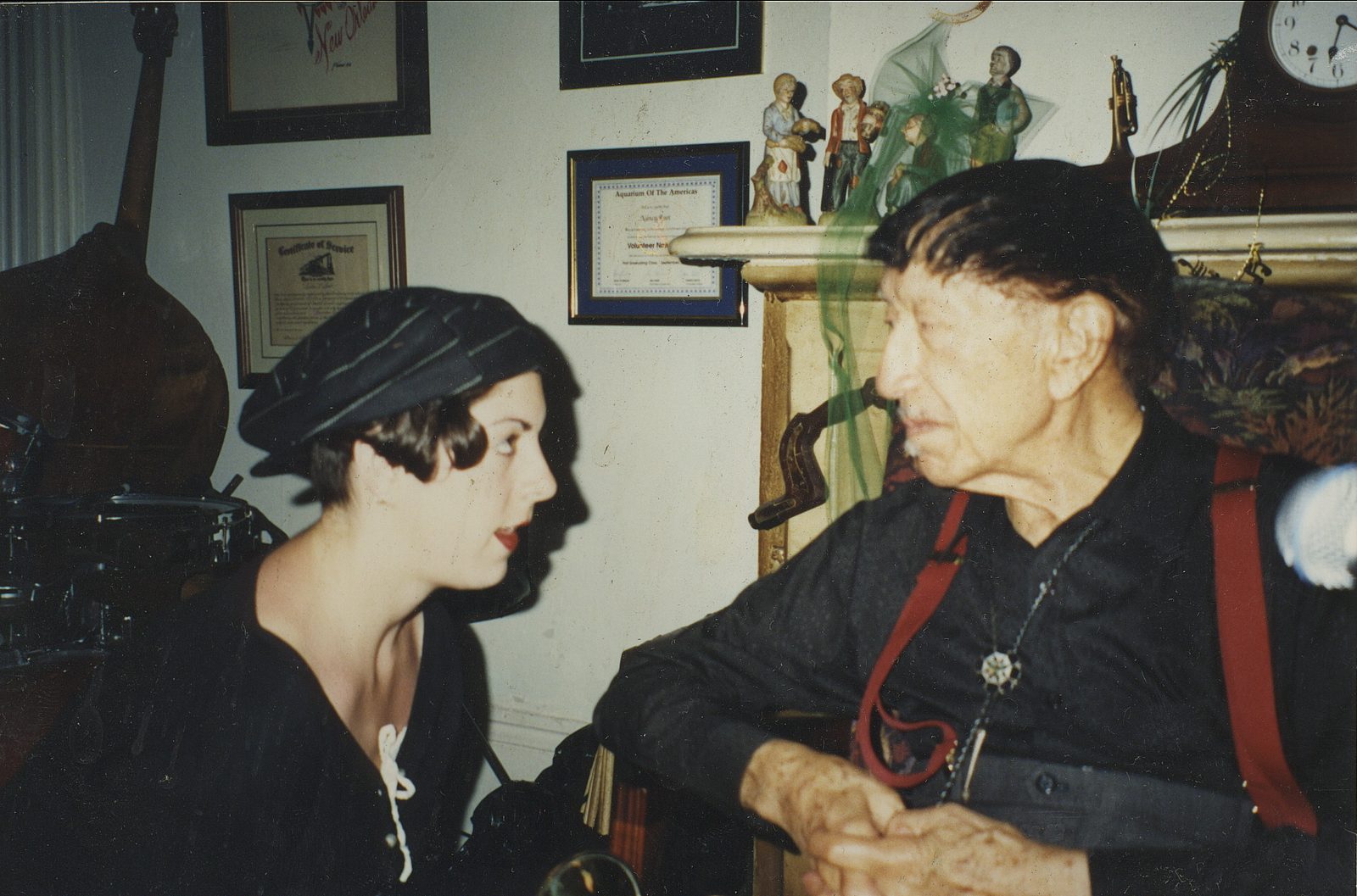Humans tell roughly one to two lies daily, according to research. Whether it’s a harmless white lie about being stuck in traffic or something more serious, deception surrounds us more than we’d like to admit. Yet spotting a liar isn’t as straightforward as Hollywood makes it seem.
You might think you’re good at reading people, perhaps believing that liars always avoid eye contact or fidget nervously. The reality is far more complex. Understanding the subtle art of lie detection requires looking beyond obvious stereotypes and recognizing patterns that actually matter.
This guide will arm you with nine essential tools to better identify when someone isn’t telling you the truth. These aren’t foolproof methods, mind you. Rather, they’re evidence-based indicators that, when combined, can help you make more informed judgments about truthfulness. Let’s dive into the fascinating world of deception detection.
Watch for Changes in Speech Patterns

A person’s voice or mannerisms of speaking may change when they tell a lie, particularly with irregular speech patterns, stumbling over words, and the use of new rhetoric that can all reflect dishonesty. Your baseline understanding of how someone normally speaks becomes crucial here.
To construct a lie, especially an elaborate one, a person might have to take frequent pauses to consider which words to use next and where they want the story to go, with filler words such as uh, er, like, and um often slipping out during moments of hesitation. Listen for these verbal stumbles, but remember that some people naturally use filler words more than others.
People who are lying may not use contractions and sound more formal than usual, like saying “I did not take your bagel” instead of the more casual “I didn’t take your bagel”. They’re trying so hard to sound convincing that their speech becomes unnaturally precise.
Notice Voice Quality and Pitch Changes

If the aim of the lie was to conceal fear or anger, the voice may sound higher and louder, and the rate of talk may be faster, as nervous muscles in the vocal cords might tighten up. Think of it like a guitar string being wound too tight.
Research has shown that a person’s vocal tone often changes from their baseline when making deceptive statements. This makes vocal changes one of the most reliable indicators you can observe.
A person might be feeling anxious that they could get caught in a lie, and this heightened state might make their voice sound strained. Pay attention to subtle tension in their vocal quality, not just obvious nervousness.
Observe Body Language and Posture Shifts

When people are being dishonest, they tend to face their palms away from you, which is an unconscious signal that they’re holding back information, emotions or even lying. They might unconsciously hide their hands in pockets or slide them under a table.
Rocking the body back and forth, cocking the head to the side or shuffling the feet can be signs of deception, as nervous fluctuations in the nervous system can prompt people to feel itches or tingles in their body, which can cause more fidgeting. These aren’t deliberate actions but automatic responses to internal stress.
If someone is sitting with their knees together or standing with their arms folded, it could be a sign that they are nervous, as when we are confident, we tend to take up more space, but when we’re nervous or afraid, we usually take up less space. Notice how they position themselves relative to their normal behavior.
Pay Attention to Eye Contact Patterns

Someone who is lying might stare or look away at a crucial moment, as they’re moving their eyes around as they try to think about what to say next. The key word here is “crucial” – timing matters more than the action itself.
Research has found that many people who lie actually maintain direct eye contact with those they’re deceiving. This contradicts the popular belief that liars always avoid eye contact. Sometimes they overcompensate by maintaining too much eye contact.
Refusing to break a gaze as a form of intimidation can be a warning sign that the person may be lying, just as refusing to look someone in the eyes at all can be telling. Both extremes should raise your suspicion when they deviate from someone’s normal pattern.
Look for Facial Expression Inconsistencies

There are times when a person’s facial cues seem to corroborate their story, but the eyes can say more than words, as when a person smiles, their eyes could reflect another emotion, such as concern, sadness, or even anger. This disconnect between different parts of the face reveals internal conflict.
Rolling the lips back to the point where they almost disappear could be a sign someone is lying by omission, as it’s been observed that when people do that, they’re holding back emotions or facts. It’s as if they’re physically preventing words from escaping.
Ever notice someone go white as a ghost when speaking? That could be a sign of untruthfulness, as this signals blood rushing out of the face. Physiological responses like this are much harder to fake than deliberate expressions.
Recognize Gesture and Hand Movement Patterns

Research suggests that those who lie may be more likely to gesture with both of their hands than those who are telling the truth. This might reflect the extra mental effort required to maintain a deception.
If a person says yes but shakes their head no, it may indicate that they’re not telling the truth, as non-congruent gestures are movements in the body that don’t match the words a person says, and the gestures are the truth-tellers. Your body often betrays what your mind is trying to hide.
Shuffling the feet, rocking the body back and forth, and moving the head to the side can be signs of deception, as when people are nervous and telling lies, there are fluctuations in the autonomic nervous system that can prompt people to feel tingles or itches on their bodies. These unconscious movements serve as pressure release valves for internal tension.
Identify Overly Detailed or Defensive Responses

Statements like “in all honesty” or “to tell you the truth” can be telltale signs you’re being lied to, as deceptive people will pepper their story with way too much detail in all kinds of irrelevant places. Honest people typically don’t feel the need to constantly affirm their truthfulness.
Someone who lies may become verbally defensive if someone accuses them of lying, adamantly denying the accusation or even trying to make the other person feel guilty for calling them a liar. They might say things like “How could you think I would ever lie to you?”
When a truthful person is accused of telling a lie, they will most likely deny it but will give further information on the subject, while someone who is really lying will also deny it but instead of offering more details, they get defensive. The difference lies in their willingness to elaborate versus their impulse to deflect.
Notice Timing and Response Delays

Liars take longer to start answering questions than truth-tellers, but when they have time to plan, liars actually start their answers more quickly than truth-tellers. This contradiction makes sense when you consider the cognitive load of deception.
The liar may not have worked out their line ahead of time, and if they did not expect to lie or were prepared to lie but didn’t anticipate a particular question, they may hesitate or make speech errors, though high detection apprehension may cause even the prepared liar to stumble or forget their line. Spontaneous lies are particularly vulnerable to timing tells.
Detection apprehension may compound the errors made by the poorly prepared liar, as hearing how badly they sound may make a liar more afraid of being caught, which only increases their pauses and speech errors. It becomes a self-reinforcing cycle of anxiety and mistakes.
Trust Your Gut Instincts

When you feel something was off but couldn’t put your finger on it, that’s your instinct at work, as your gut often senses deceit before your mind does. Don’t dismiss these feelings as mere paranoia.
You have a nagging feeling that something’s just “off,” and when someone is lying to you, you may experience physical reactions such as a racing heart, sweaty palms, or a knot in your stomach. Your body picks up on subtle inconsistencies that your conscious mind hasn’t yet processed.
Research shows that when someone’s actions don’t match their words, most people, especially women, tend to believe what they see over what they hear. This instinctive priority makes evolutionary sense, as actions have historically been harder to fake than words.
Conclusion

Detecting lies isn’t about looking for a single smoking gun. To more accurately decipher if someone is lying, look for a cluster of three red flags rather than relying on any one indicator. The most skilled lie detectors understand that context matters enormously, and that nervous behavior doesn’t always equal dishonesty.
Remember, most lies go undetected, which means even armed with these tools, you won’t catch every deception. The goal isn’t to become a human lie detector but to become more aware of the subtle signs that warrant further investigation. Sometimes protecting yourself means simply noting the inconsistencies without confronting them directly.
What fascinates me most about lie detection is how it reveals the fundamental tension between our social need for trust and our survival instinct for protection. Did you ever imagine that your body was already working overtime to keep you safe from deception? What signs have you noticed that we didn’t cover here?




